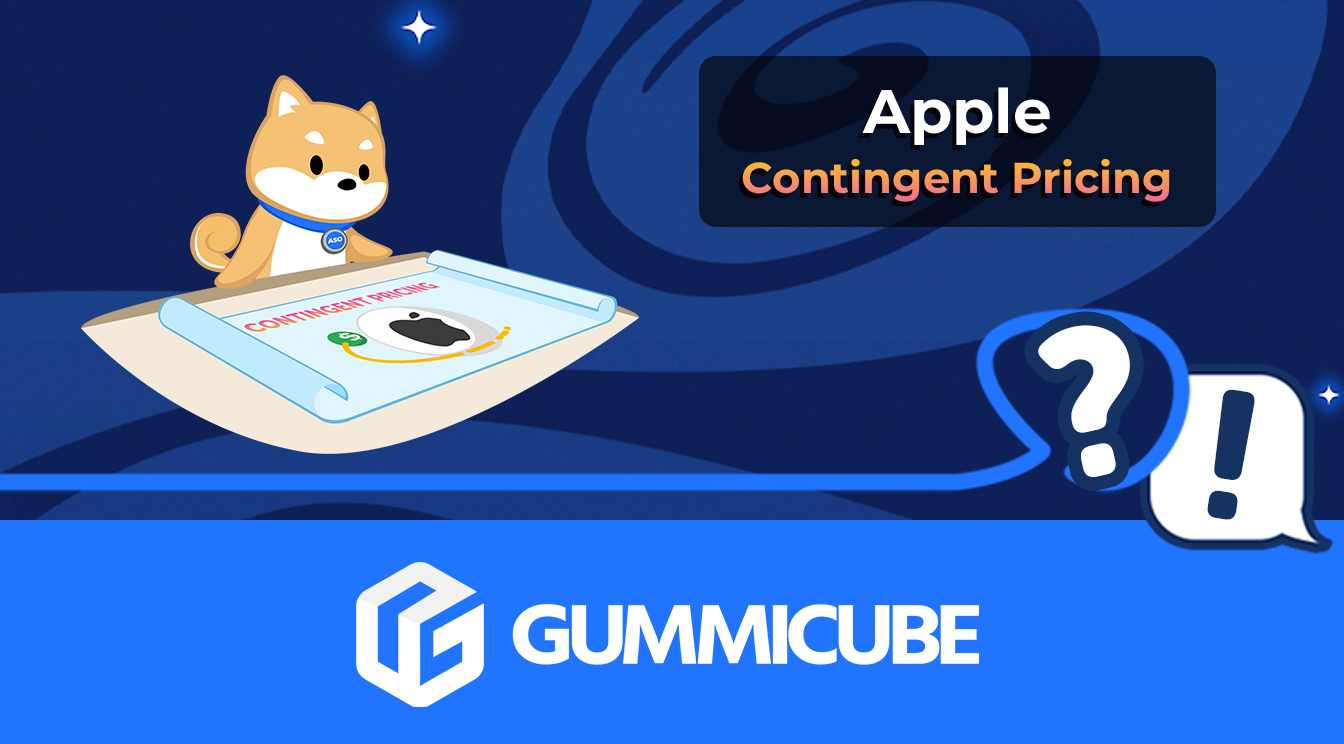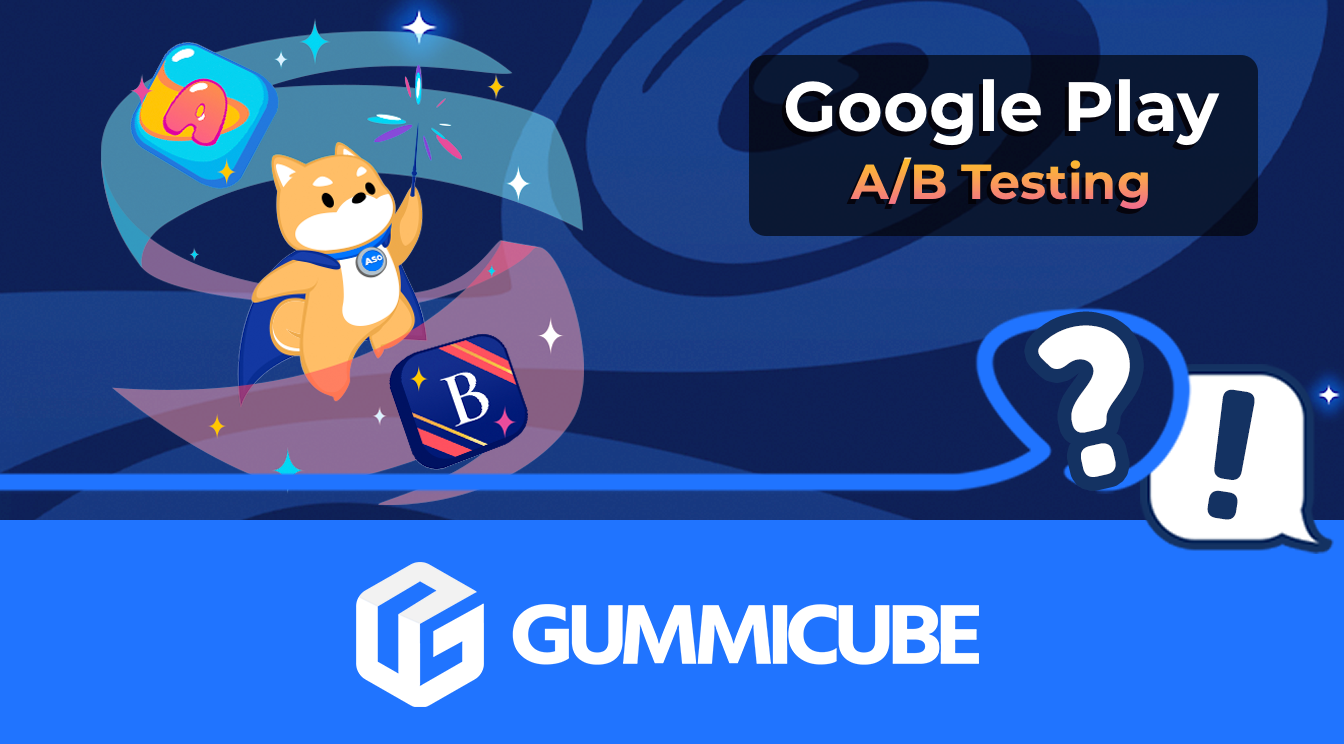
App Store Screenshot Dimensions & Guidelines
Posted on August 1st, 2024
Make sure your app stays compliant with the latest App Store Screenshot Dimensions & Guidelines here

Since October 2021, developers have had a new option to update their listing with the release of In-App Events. These paid mobile user acquisition opportunities paved the way to one of the most highly personalized store experiences on the App Store to date. As Google rolls out LiveOps still in its beta stages, it’s clear that the new direction of the app stores is on delivering high-value and engaging user experiences. How can developers and mobile marketers use them to their advantage?
Luckily for us, App Store Optimization (ASO) and paid UA go hand-in-hand to help marketers better define, target, and derive value from users. In-App Events are just one of the many ways to reach your more lucrative audiences. However, their use for mobile user retention and engagement cannot be understated.
Let’s take a look at what In-App Events are, what they offer, and how you can optimize their performance according to your mobile marketing goals.
Users can find In-App Events across multiple placements on the App Store. These event cards can be prominently displayed across editorial tabs, search results, and even product pages within the Apple App Store. They are great opportunities to market your app for seasonal or other timely events taking place inside your app.
Depending on the user journey, and if they are either a returning or new user, In-App Events in search results look different which presents an opportunity to be discoverable in more ways than one. Across all of these placements, however, developers can find new ways to reach both new and existing users through discovery, retention, and re-engagement.
Developers and mobile marketers can use In-App Events to highlight timely events taking place within their app. This could be a new challenge, competition, a live event, seasons, premiers, or holiday specials, among other events. Our ASO company found that these personalized store experiences help drive traffic across broad user bases.
In-App Event introduction helps attracts and better define their marketing objectives on the App Store. For established apps specifically, re-engagement, retention, and user acquisition are all threaded in a delicate balance, and being able to define a specific objective helps users remain “open to discovery” at all times, rather than at just the download.
In-App Events will provide a new way for developers to engage users for acquisition, retention, and re-engagement, yet there are some things to keep in mind with In-App Events:
At this point, you may be asking yourself what needs to be done to ensure a successful In-App event. We’ll lay out some ASO marketing best practices to help guide your strategy:
With new metadata fields and creative elements, In-App Events require developers to extend their reach of optimization. This includes the event card image, event page image or event video. The event card holds a small 120-character field while the event page acts as a sort of landing page. To hold an In-App Event, it’s vital to test what language and creative assets would best serve your strategy. ASO tools and technology like DATACUBE and Splitcube can help.
Taking the guesswork out of any marketing activity is always a great first step. Understanding your campaign objectives is paramount. Assess what the goal of the event is meant to accomplish and ensure you’re measuring the right parameters and KPIs to deliver intended results. In this step, it’s vital to assess what areas of your marketing plan address what your users may be searching for. Or in a different case, a value proposition that may speak to a certain segment of current users.
Better late than never! For apps in development or pre-launch stages, one of our recommendations places heavy emphasis on creating an event strategy to help synergize organic ASO and paid mobile UA. In-App Events are one of the most synergistic drivers of better paid UA performance for apps at scale once the organic conversion rates are there to prove it.
Getting down with In-App Events can be daunting at first, but we’ve learned so much about their potential to simultaneously attract, retain and re-engage users like never before. With Apple’s new ad placements for the holidays, it’s clear that the direction of the app stores is heavily set toward more personalized and engaging store experiences. In-App Events are just one of the ways we’re seeing ASO and paid UA strategy come together to create more valuable and proactive users.
Want to learn more about App Store Optimization? Contact us to learn more or chat with an ASO expert today.

Make sure your app stays compliant with the latest App Store Screenshot Dimensions & Guidelines here

Soon developers will be able to extend their customer lifetime value with a handy new way of providing subscription offers directly through Apple. Contingent Pricing looks to act as a revolutionary new system for leveraging new upsell & cross-sell opportunities all within Apple’s ecosystem.

Have you ever A/B tested your Google Play listing? If not, you're probably navigating the Play Store marketing blind, and leaving valuable installs on the table.